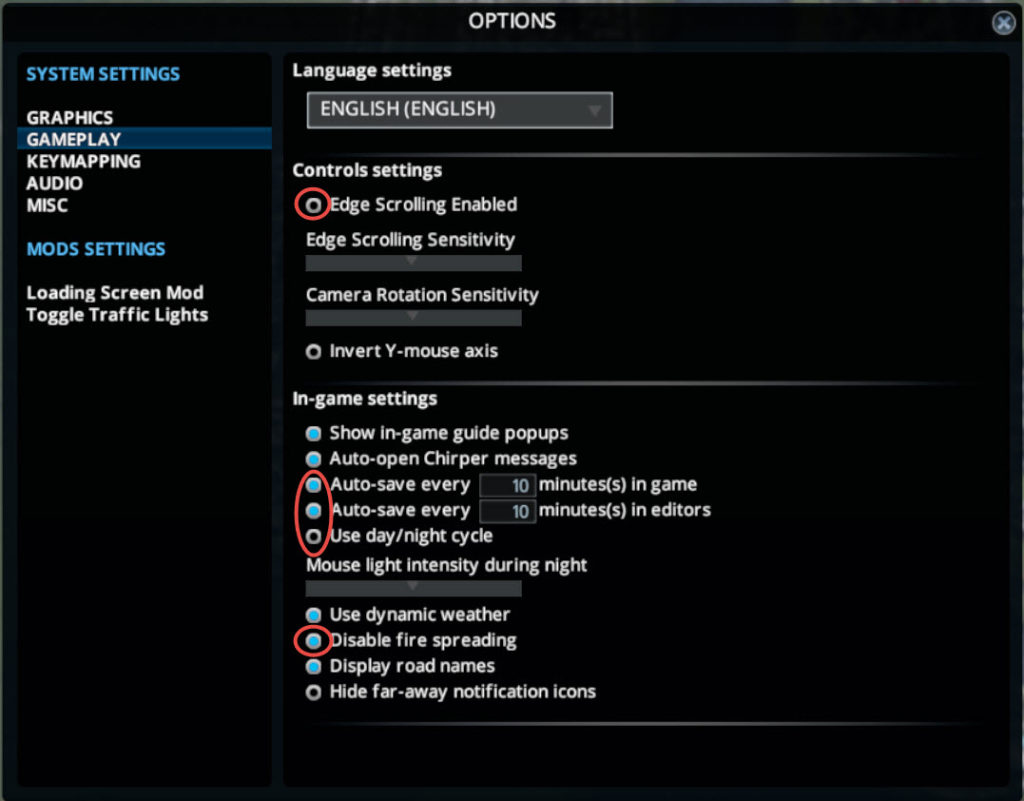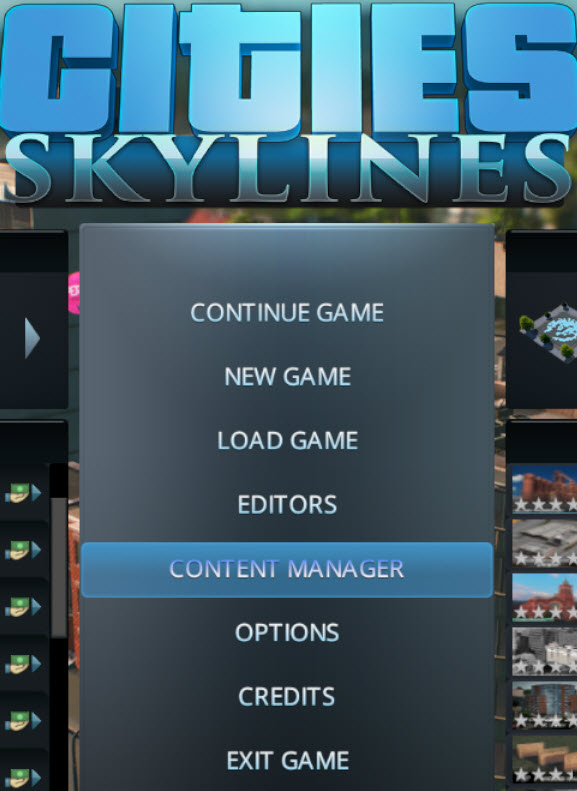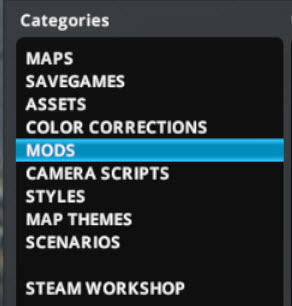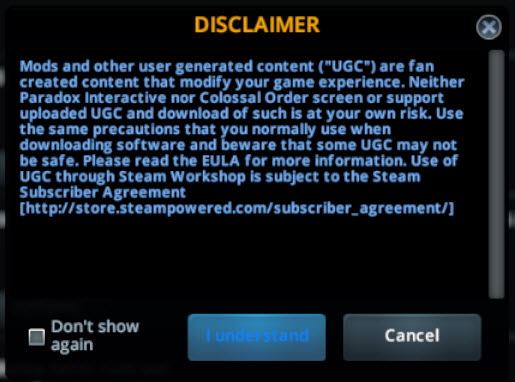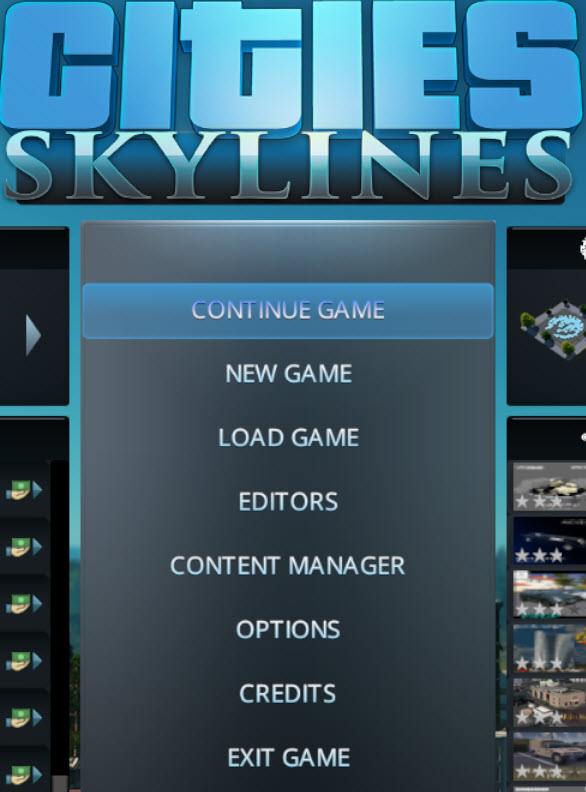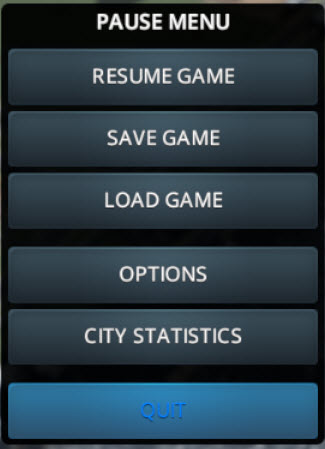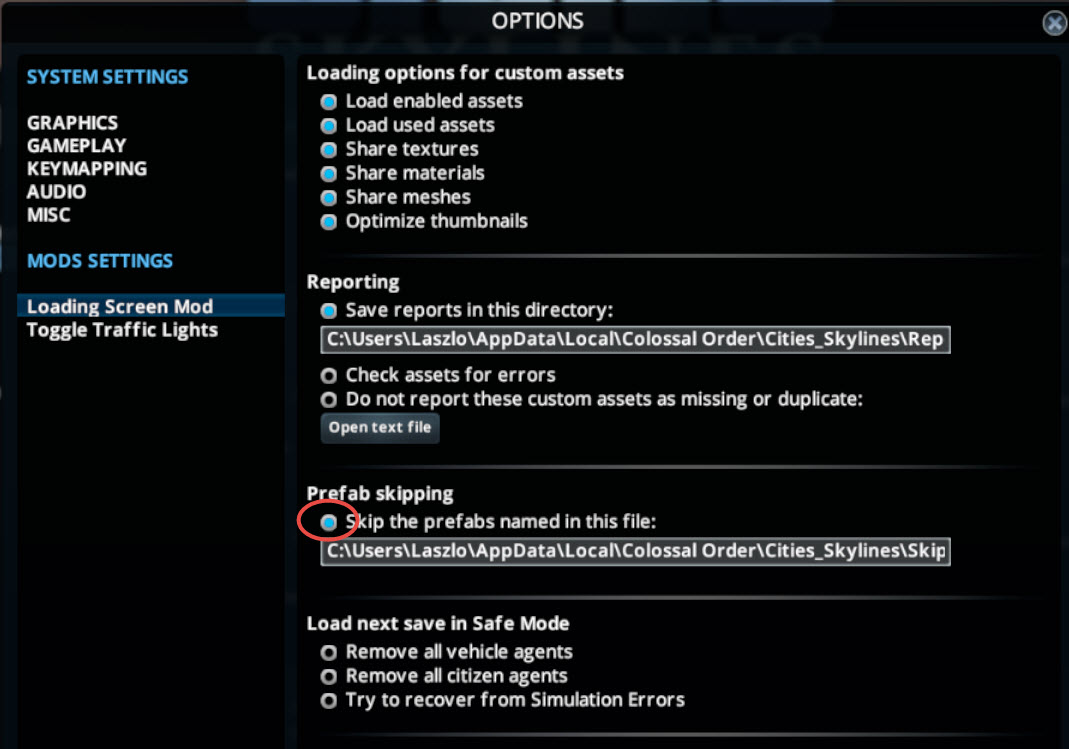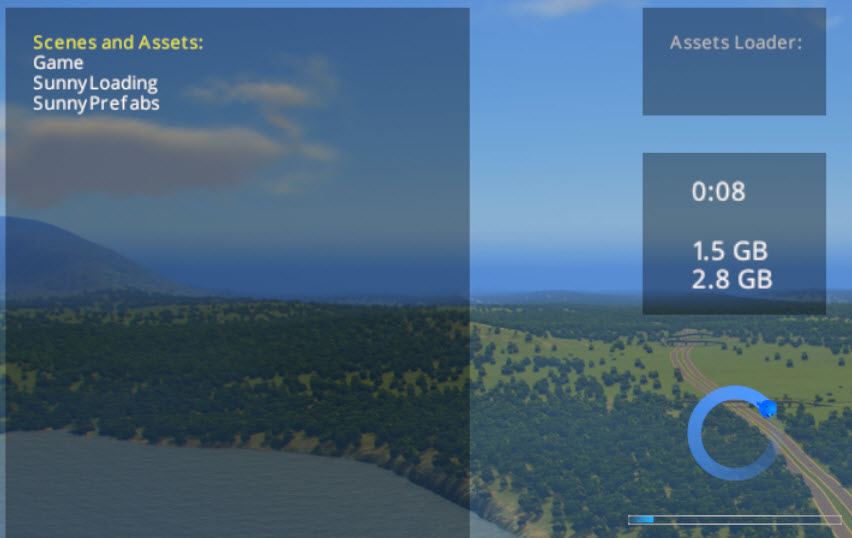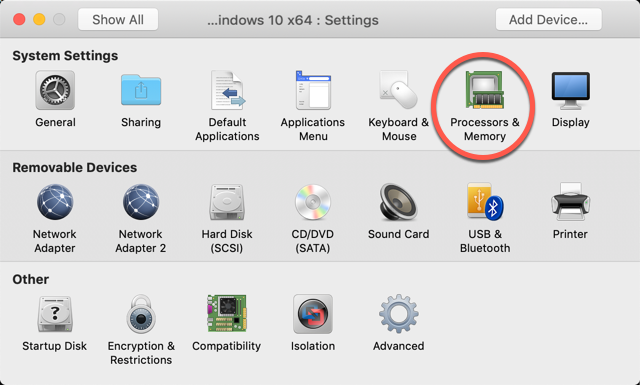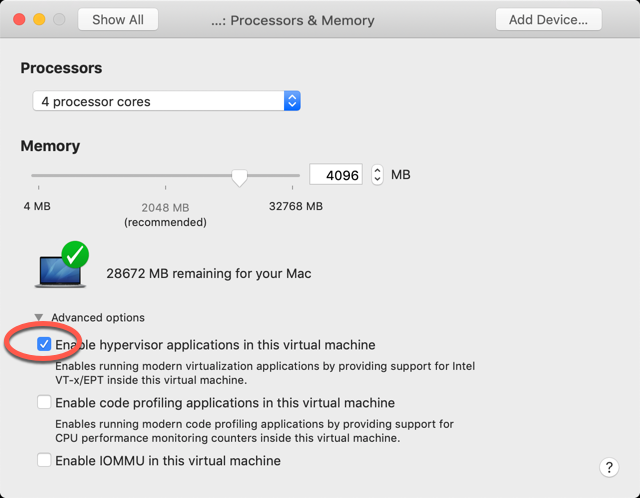Ubuntu server does not have a user interface, we will use the terminal to install the DevOps tools.
Terraform
- On your workstation open a web browser and navigate to
https://www.terraform.io/downloads.htmlto get the version of the latest Terraform release. - Substitute the x.x.x with the latest version
# Use the temp directory
cd /tmp
# Update the package repository
sudo apt-get update
# Install unzip
sudo apt-get install unzip
# Download the latest version of Terraform (substitute the x.x.x with the latest version)
wget https://releases.hashicorp.com/terraform/XX.XX.XX/terraform_XX.XX.XX_linux_amd64.zip
# Unzip the downloaded file (substitute the x.x.x with the latest version)
unzip terraform_XX.XX.XX_linux_amd64.zip
# Move the executable to a directory in the path
sudo mv terraform /usr/local/bin/
# Check the installed version
terraform --version
AWS CLI
To install AWS CLI with the package manager.
# Update the package repository
sudo apt-get update
# Install aws cli
sudo apt-get install awscli
# Check the version
aws --versionUpdate AWS CLI to the latest version
Older versions of the AWS CLI do not contain the EKS tools, you may get the error message:
Invalid choice: ‘eks’, maybe you meant:
To update AWS CLI
# Install Pip
apt install python-pip

